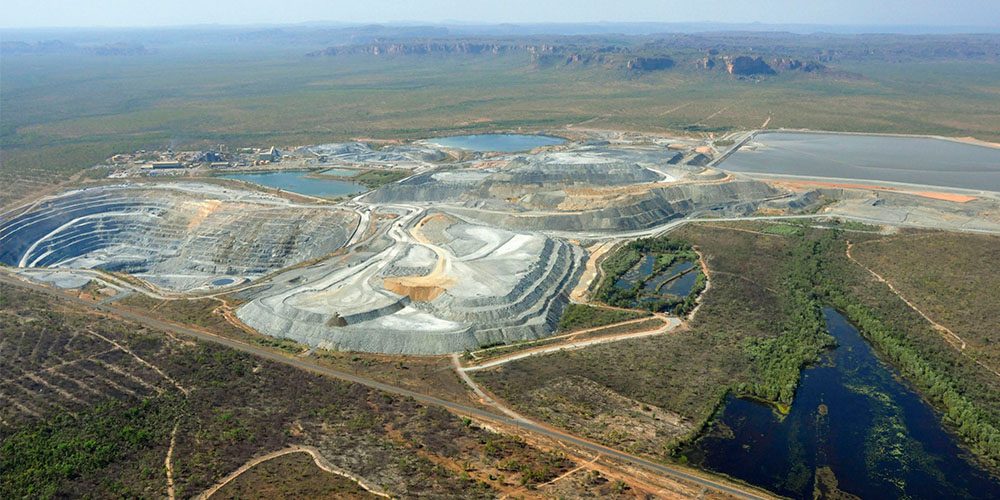New Report: Kakadu World Heritage Site Under Threat From Uranium Mine
New Report: Kakadu World Heritage Site Under Threat From Uranium Mine
A new report by REXSAC researcher Rebecca Lawrence at Sydney Environment Institute and Dave Sweeney, Australian Conservation Foundation has found mining giant Rio Tinto’s plan for rehabilitating the Ranger uranium mine severely lacking.
The closure of the Ranger uranium mine, which has been in operation since the 1980’s, was announced last year, however, Rebecca Lawrence and Dave Sweeney, co-authors of ‘Unfinished Business: Rehabilitating The Ranger Uranium Mine’ say that this is only the beginning.
Lawrence (working with REXSAC Research Task 4) and Sweeney have launched an extensive investigation into the plan put forward by mine operator Energy Resources of Australia (ERA) and parent company Rio Tinto to rehabilitate the site to the same standard as the surrounding Kakadu National Park, dual-listed on UNESCO’s World Heritage list.
The challenge of rehabilitation is more than just filling in the mine and planting trees. For long term health, the environment must be cleared of hazards like radioactive slurry or toxic tailings (a waste material from finely ground ore). In a monsoon driven environment, like Kakadu, preventing the dissemination of these toxins further into the ecosystem is even more crucial.
The report, which can be downloaded in full here, identifies significant data deficiencies, a lack of clarity around regulatory and governance frameworks and uncertainty over the adequacy of current and future financing – especially in relation to future monitoring and mitigation works for the controversial mine site.
You can read more about the report in the Conversation article ‘The uranium mine in the heart of Kakadu needs a better clean up plan“.
The background research to this report was funded by FORMAS, the Swedish Research Council for Sustainable Development.
Photo: The Ranger uranium mine in Kakadu National Park, Northern Territory, Australia. Image by Dominic O’Brien.




